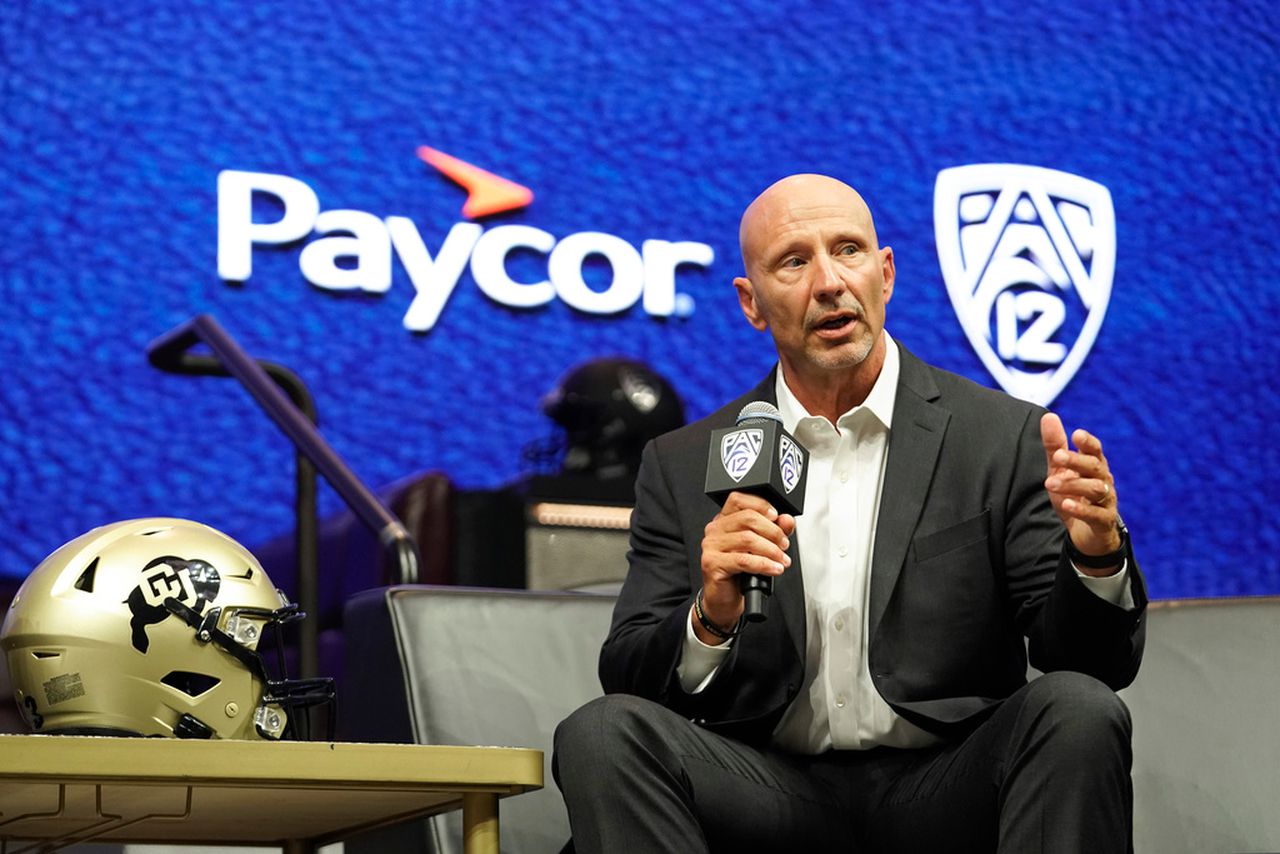Def not a math major (BS/PharmD), but your explanation was like seeing through a visual illusion for the first time! lol
I was always taught PEMDAS growing up, and that the MD and the AS was read left to right in an equation like above. But stating the division as a fraction completely changes my mind now about how this calculation works. I think what would happen in a calculation I use every day if the former was used.
Example: Cockcroft-Gault Equation (estimation of renal function)
(140-age)(kg) / 72(SCr) vs (140-age) X kg ➗72 X SCr
In the first eq (correct one) an 80yo patient who weighs 65kg and has an SCr ~ 1.5 = 36.11
In the latter it = 81.25 (waaay too high for an 80yo lol)
edit: calculation variable














My cat once brought in a North American shrew in the house and I thought “what a weird looking mouse!” So, I went to scoop it up in a dust pan and drop it out side and the little shit bit my finger! Anyways, got it outside and went to look it up and found out they (the NA shrew) were venomous! Luckily the bite was superficial and I only had slight redness for the night.
Fun fact about the shrew is apparently it is highly territorial and can defend a territory of > 1 square mile, and somehow my cat found the one shrew in a sq mile area in our backyard which is like a 1/16 acre neighborhood plot lol